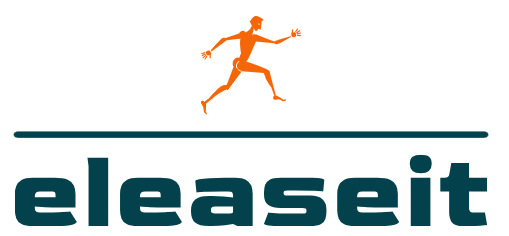 So you?ve mastered the art of standing up on a surfboard, now what? How do you ride the wave, change positions, and maybe even ?hit the lip? or ?hang 10?? The art of changing positions on a surfboard is a skill that you will learn, the more you practice it. You will also find that positioning is also a matter of technique. For the most part, this ability takes a good deal of balance and requires you to distribute your weight on the board correctly as you ride a wave. Your position on the board, and your ability to adjust positions to get your board to do what you want it to, is absolutely vital to your success as a surfer.
So you?ve mastered the art of standing up on a surfboard, now what? How do you ride the wave, change positions, and maybe even ?hit the lip? or ?hang 10?? The art of changing positions on a surfboard is a skill that you will learn, the more you practice it. You will also find that positioning is also a matter of technique. For the most part, this ability takes a good deal of balance and requires you to distribute your weight on the board correctly as you ride a wave. Your position on the board, and your ability to adjust positions to get your board to do what you want it to, is absolutely vital to your success as a surfer.
Take the first few seconds on the wave to situate yourself on the board in the manner that feels most comfortable. One foot?usually the weaker leg?will be in front of the other. This is because your upper body and your stronger leg do most of the work as you?re riding the wave. If your right leg is back, it means you are regular footed. If you are regular footed, then going right on the wave means you are riding the wave front side and going left on the wave means you are riding back side. If your left leg is back on the board it means you are goofy footed and going left on the wave is your front side and going right is your back side. In either case, riding front side will be easier and come more naturally to you because you are able to see in front of you. When you ride back side, you are looking at the wave and have a smaller range of vision.
Since one foot is in front of the other, your body will be facing one direction, but you should always look forward in the direction you want to go on the wave. Your direction on the wave should not be straight to shore. It should be at a slight angle to the left or right, depending on which direction the wave is breaking. You should be in a crouched position with your knees slightly bent. Do not stand upright.
As you continue along the wave, use your arms to aid your balance and movement on the board. Your upper body and arm movements will be more dramatic on a short board because you will be using more of that momentum to turn your board one way or the other. Also, your position on a short board will be more consistent than your position on a long board. That is because you have less surface area to work with. On a short board, your feet should stay planted on the board. If you want to speed up, you should make a bottom turn or pump your board forward on the wave. To slow down or stop, apply weight on your back foot. On a long board you can cross-step forward and backward to speed up or slow down.
When your ride is nearly complete and you are ready to exit the wave, consider the conditions of your surf break. The worst thing surfers can do is be so excited that they dive head first into the water. This can be extremely dangerous because most points of exit on a wave are in shallow water and are sometimes complete with sharp coral. Doing a belly flop into the water is much better than hitting your head on a rock. It is always a good habit to fall off your board sideways and not feet or head first. Even at beach breaks, falling with your body horizontal will prevent serious injury.




